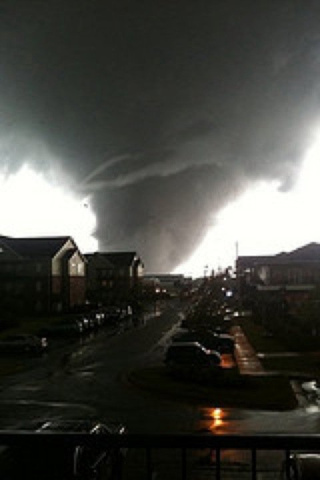Getting the right mix between overcautious and careless can be a tough call. As students were all staring down at their phones wondering if class was going to be canceled as the weather fluctuated between sunny and 75 degrees to sudden downpour, at least for once they knew The University of Alabama was watching the skies too.
Twenty-four hours before things were supposed to get bad, we were informed via email that the University was aware of the situation and had offered resources to students to find safe spaces and tools to monitor the weather conditions. Then the day of the severe weather we got follow-up emails as other local centers and schools closed. We were informed repeatedly that it heard our concerns and that the University was staying open instead of staying silent and letting students and faculty make their own decision. Whether or not staying open was the right call is another matter, but having the administration instill an effective communication plan is a step in the right direction.
Crimson Ride buses even had their front screens flashing current watches and warnings about the severe weather. There was no way that any student was missing this crucial safety information – if the odd sunshine, sporadic rain and aggressive wind wasn’t enough to tip them off that maybe something was different about today.
It has always surprised me how The University of Alabama has one of the best public relations programs in the nation but often does not use its lessons to make effective crisis communication plans with matters such as potential attacks to campus or social issues. We are often left without any formal word from the University, and the stories are allowed to circle around enough that students decide what is the truth long before an official statement tries to change the message. With this effective severe weather system though, it seems to be that the administration is learning how to get the job done and how to responsibly keep the UA community informed.
Learning from 2011, it’s great to see the administration takes possible tornado concerns seriously, and it can be a comfort to students and faculty who were on campus for the devastating storm. As much as some students groaned wondering why they still had their 5 p.m. classes, no one really wants the University to be closed – because that means that something really bad is on the horizon if you think the only option is to close all the doors. Seeing the University take practical steps in order to keep the UA community informed and safe makes me feel better about how the administration would handle a real disaster.
To learn more about current conditions at the University, check the alerts page at www.ua.edu/alerts.
Meghan Dorn is a senior majoring in political science and public relations. Her column runs weekly.









